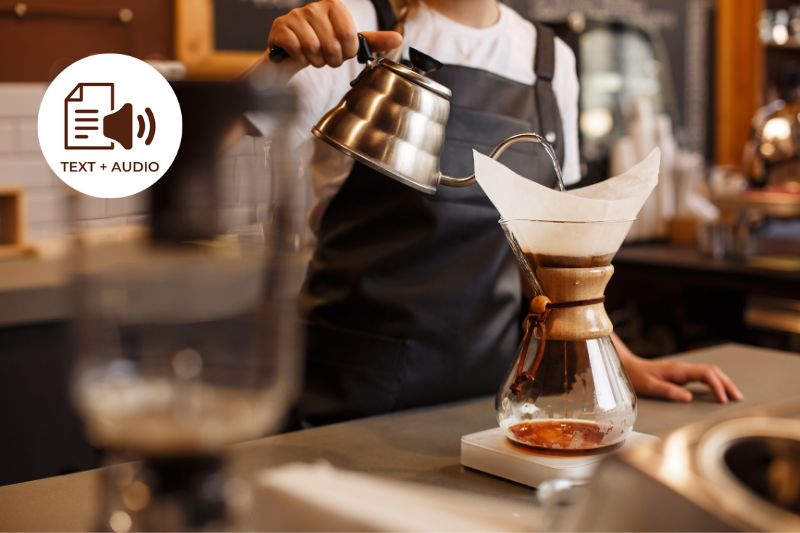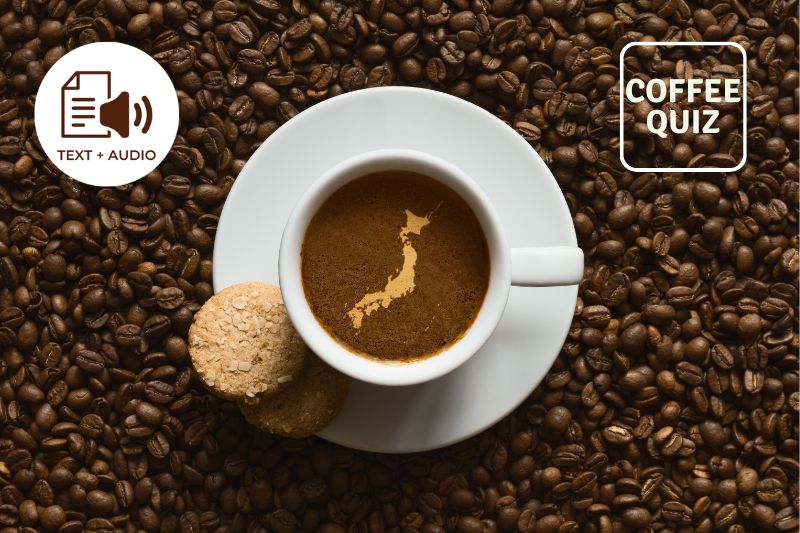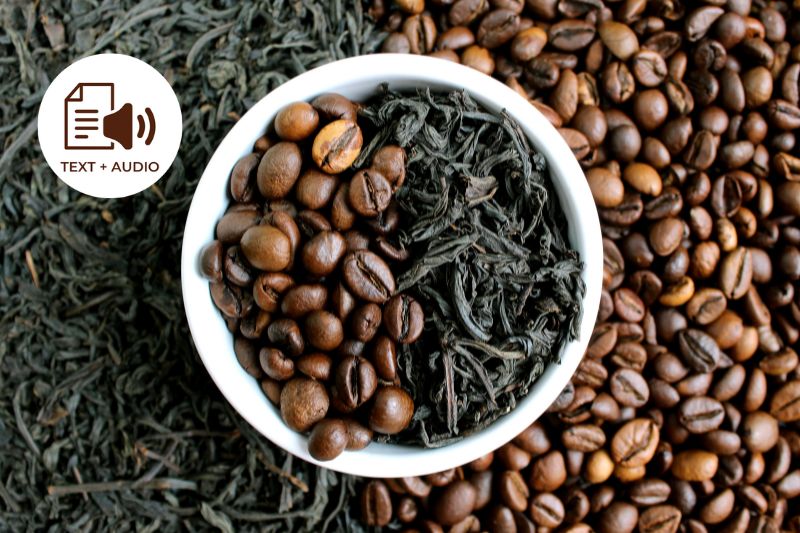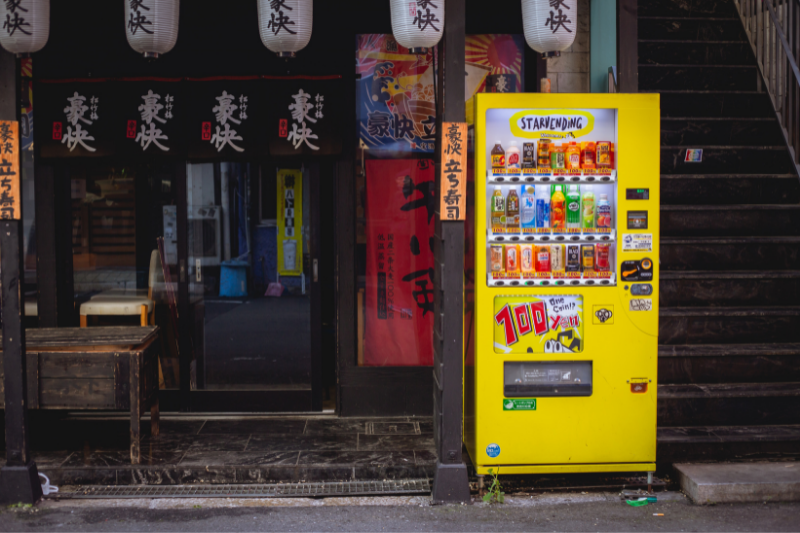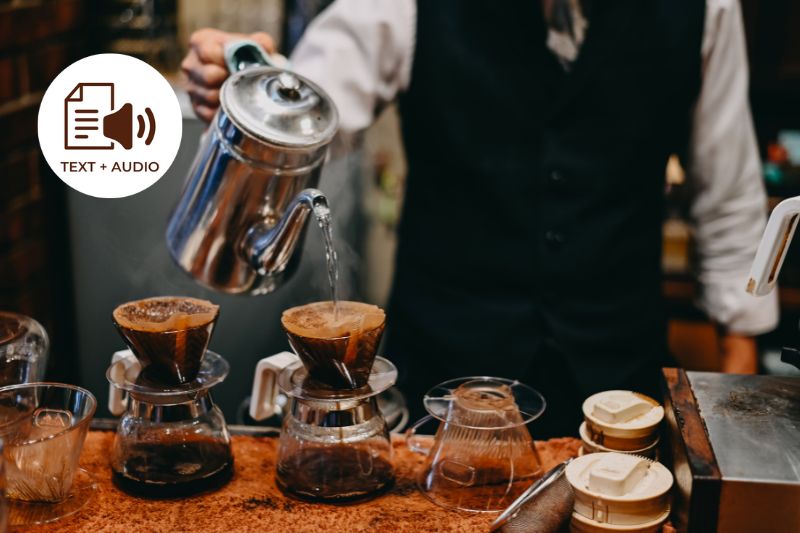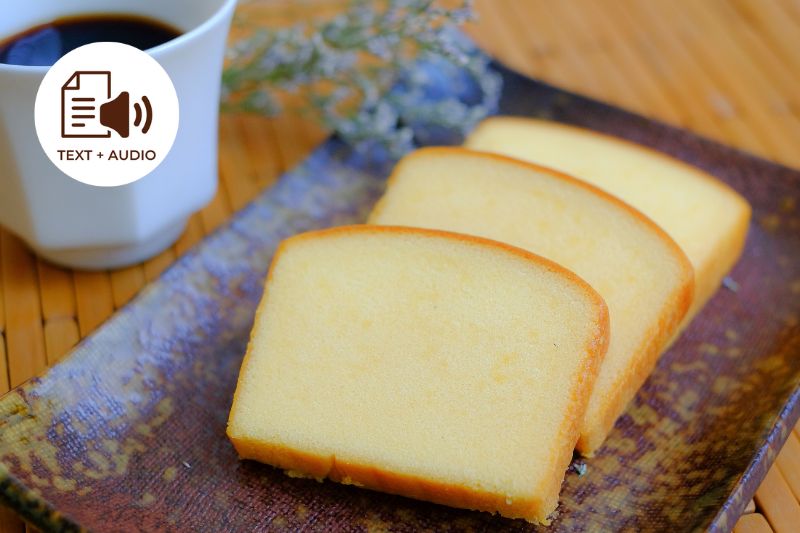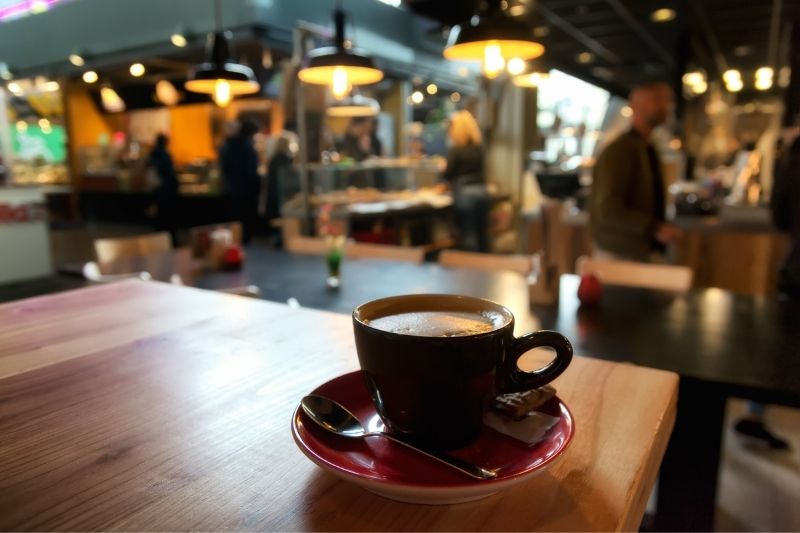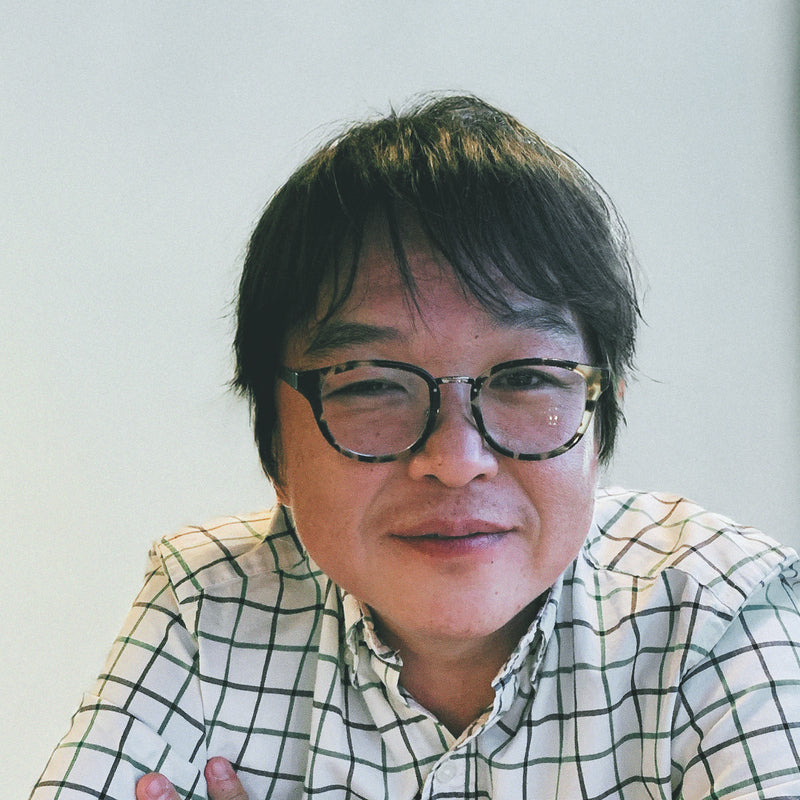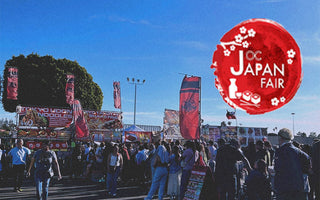If there is one drink that is most popular next to water, that would most probably be coffee. Nowadays, drinking coffee may be enjoyed either with a book on hand or talking with friends in a coffee shop. Coffee culture has been in so many varieties in different countries. One of the countries that significantly affect the culture because of coffee in Japan. Although Japan is well known for its tea culture and traditions, it is known to be a massive importer of coffee beans and one of the most significant coffee consumers in the world. Globally, they are the third country with the most revenue generated from coffee. Just think of the famous Ueshima Coffee Co. or that UCC with the red logo on a white background, whose coffee products and coffee shops are worldwide. This already evidences how coffee culture in Japan has impacted not just the social behavior of the Japanese but also its economy. This article would tour you the history of coffee culture in Japan.

Coffee in Japan started through foreign trade and importation
It all started in Nagasaki around the 17th century when it was brought imported and drunk by the Dutch residing there during that time. Portuguese traders followed and brought coffee to Japan during the same period. In the later part of the 1800s, Eikei Tei, also known as Tsurukichi Nishimura, who had recently returned from his studies abroad, opened the first Japanese coffee shop in Ueno. He experienced the coffee shops in France, where artists and writers would gather to socialize, so he wanted to envision the same thing in his home country. That very first coffee shop in Japan opened but closed only after five years of operation. Around 1908, many Japanese migrated to Brazil and worked in the coffee industry, as Brazil was known to produce coffee beans. That is why you currently find people in Brazil of Japanese descent. In the 1930s, the famous Tadao Ueshima founded the coffee industry and was dubbed the “Father of Coffee in Japan.” Mr. Ueshima played a large role in establishing the All Japanese Coffee Association in 1980.

However, everything was put on hold when World War II was ensured, and the nationalistic side of the Japanese was the most overall value at that time. Because of its restriction on the West's influence during that time, Japan banned all kinds of coffee importation. It was only after the war that the ban was lifted, and at this time, coffee was still a luxury product, mainly consumed by the upper class.
The revival of the coffee craze after the World War II
It was only in 1969 that Ueshima re-invented canned coffee for mass production in the market to be consumed in every household. Because of this, many have followed. Suntory created their coffee band named Boss, which could still be seen in ready-to-drink cans in every vending machine around Japan. Georgia, on the other hand, was the coffee brand produced by Coca-Cola. Nescafe, which is still popular nowadays, was created by Nestle, and Roots was made by Japan Tobacco. Japan’s post-war era revolutionized and modernized Japan's lifestyle by incorporating western influence, including the booms of Jazz cafes and coffee shops. Since then, coffee shops have been a perfect venue for different groups for their social functions, mostly for the middle class or those groups that advocate every socio-political principle.
How does the west influence traditionalist Japan when it comes to coffee?
Regardless of the Japanese’s nationalistic side, Western culture's influence in the country cannot be ignored. Both Boss and Roots, another coffee company, hired Hollywood celebrities like Tommy Lee Jones and Brad Pitt, respectively, which largely impacted the consumption of their coffee products. In 1980, Doutor Company opened its first coffee chain, and currently, you can find these chains in many train stations in Tokyo and Osaka. Doutor also introduced the “to go” concept in coffee, where consumers could bring their coffee wherever they may go. Even one may notice that Japanese adapted English terms for their coffee industry, such as “roast,” “drip,” “americano,” or “latte,” instead of inventing using their language.

Coffee as a symbol of affecting the social and economic status in Japan
Many Japanese are still into smoking as to social behavior, considering the different stress factors and the impact of their weather. Because of this, coffee shops, especially those small ones, cater to those who prefer to smoke besides drinking coffee. This is one factor that local coffee shops could cater to since they do not need to follow protocols against smoking, such as Starbucks and McCafe of McDonald's.
Speaking of Starbucks, while it only opened its very first shop in Ginza only in 1996, it took less than a decade to partner up with Suntory to sell Starbucks ’ canned coffees. The very first Starbucks coffee shop outside the United States is the one in Ginza. Around a thousand Starbucks coffee shops spurted around Japan, with most of them being a highlight because of the magnificent space and interior Starbucks allot for their shops. McCafe was also conceptualized and brought to Japan as a stand-alone shop instead of selling coffee as another Mcdonalds' fast food restaurant product. This signifies how coffee has been a tremendous boom in Japan. Even another foreign coffee giant, Tully, had already entered Japan in 2007.

Coffee in Japan also signifies the demographic varieties in the country. While canned or instant coffees are preferred by the youth for their low price and could be handy for on-the-goes, middle-aged or professional career persons who see coffee as a luxury habit prefer coffee grounds or brewed coffees that can be sipped at the comfort of coffee shops. Japanese are known to be on the go in their everyday work lives; the most popular type of coffee in Japan is instant coffee. On the other hand, the majority are consumed outside the house, either in coffee shops, bars or restaurants, because of their being on-the-go culture.
Get Free Bonus Books

Sign up for free to the Coffee Club to get advice and exclusive articles about how to choose Japanese Coffee, and tips, tricks, and recipes for enjoying Japanese coffee.
About the author
Kei Nishida
Author, CEO Dream of Japan
Certification: PMP, BS in Computer Science
Education: Western Washington University
Kei Nishida is a passionate Japanese tea and coffee connoisseur, writer, and the founder and CEO of Japanese Coffee Co. and Japanese Green Tea Co., both part of Dream of Japan.
His journey began with a mission to introduce the world to the unparalleled quality of Japanese green tea. Through Japanese Green Tea Co., he established the only company that sources premium tea grown in nutrient-rich sugarcane soil—an innovation that led to multiple Global Tea Champion awards.
Building on this success and his passion for Japanese craftsmanship, Kei expanded into the world of coffee, pioneering the launch of Japanese Coffee Co., the first company to bring Sumiyaki charcoal-roasted coffee to a global audience. His dedication to authenticity and quality ensures that this traditional Japanese roasting method, once a well-kept secret, is now enjoyed worldwide.
Beyond tea and coffee, Kei has also introduced Japan’s legendary craftsmanship to the world through Japanese Knife Co., making handmade katana-style knives—crafted by a renowned katana maker—available outside Japan for the first time.
Kei’s journey continues as he seeks out and shares the hidden treasures of Japan, one cup and one blade at a time.
Learn more about Kei

